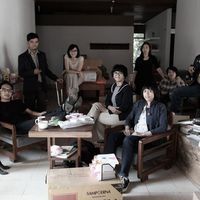By people / In cities | Yangon city profile
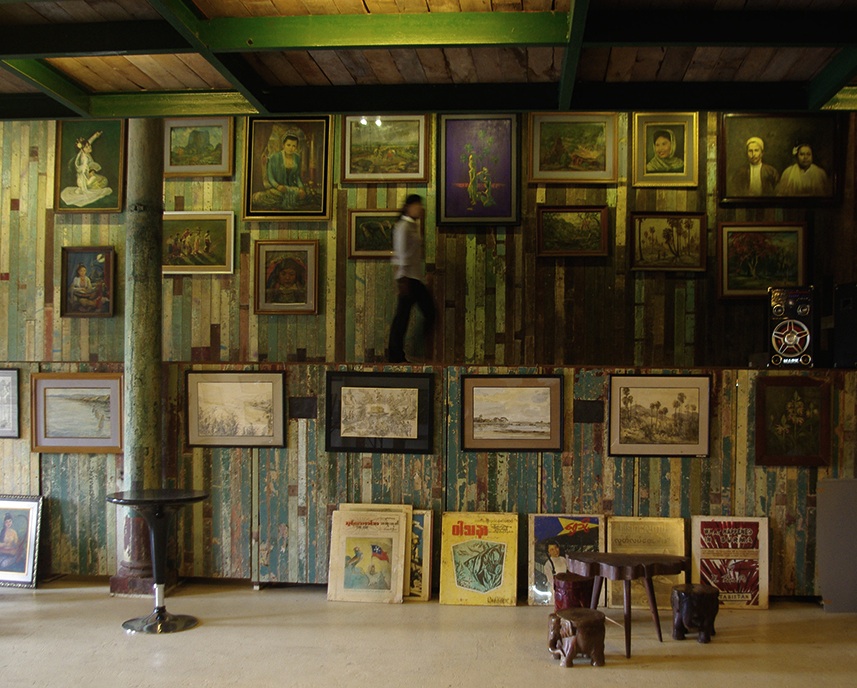 Started in 2012, By people / In cities is a series of articles and interviews that aims to enhance the understanding of art and culture in Southeast and East Asia through individual stories and perspectives including artists, cultural practitioners, and policy makers.
Started in 2012, By people / In cities is a series of articles and interviews that aims to enhance the understanding of art and culture in Southeast and East Asia through individual stories and perspectives including artists, cultural practitioners, and policy makers.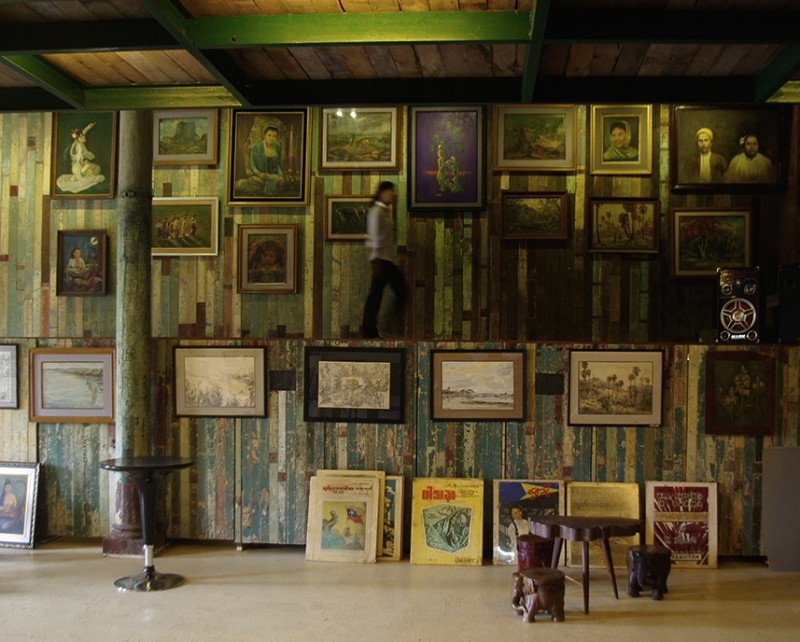
This month ASEF culture360 contributor David Fernandez travels to Yangon, Myanmar’s social and cultural hub. In this article he describes the current panorama of contemporary arts & cultural fabric, focusing mainly on the emerging creative platforms that are aiming to become the catalysts for a shifting social landscape.
_______________________________________________________________
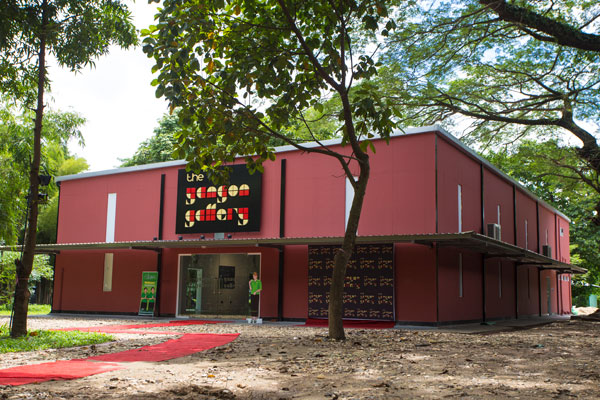
A 19th-century British colonial capital and largest city in Myanmar, with over 5 million inhabitants, Yangon boasts one of the most spectacular and diverse urban landscapes in Southeast Asia. The cosmopolitan city is colourful by an unmatched ethnic diversity containing a striking mix of British, Burmese, Chinese and Indian cultural influences.
Boasting an almost unique example of colonial architecture, although decaying and beyond appreciation, Yangon still houses one of the greatest collection of heritage buildings in the region.
Although Yangon was stripped of its capital city status after the government decided to move the capital upcountry to Nay Pyi Taw in 2005, the city remains nowadays as the nation’s creative hub.
Creative Uprising
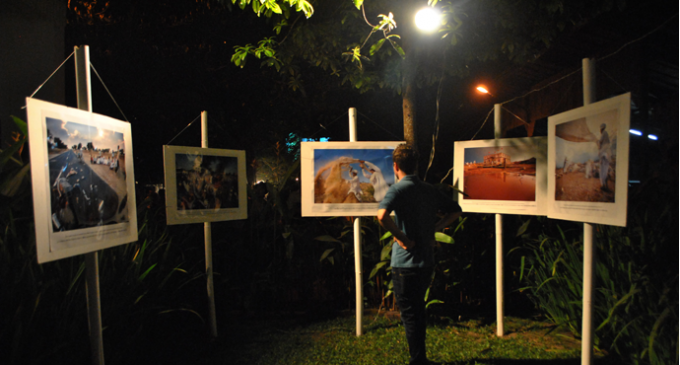
Culturally neglected for decades, with a relatively non-existent infrastructure where public art institutions barely existed or remained limited, in the last 5 years since Myanmar's unprecedented political and economic opening, Yangon’s urban cultural scene is now booming.
Yangon has always had a vibrant arts & cultural scene. The only difference was that up until about 4 or 5 years ago, all those events were (or had to be) underground because of the political situation. Before, every single poem, novel, song or movie had to be put up for censorship scrutiny. That was a big challenge for the arts, inevitably ending being subversive. Now, that vibrancy is much more out in the open for everyone to see. And the audience is growing, yet it is still not mainstream in the sense that these events don't always appear in local papers that ordinary people read. Thin Lei Win – Myanmar Now Chief Correspondent and TEDxInyalake Lead Curator
Rapidly, Yangon is becoming more dynamic, culturally speaking, and able to start raising awareness in the global networks while shaping this fresh perception that seeks new dimensions for its cultural cityscape.
Since the surprise opening of the country in 2011, following decades of isolation, stagnation and extreme censorship, the windows and doors seem to have been thrown open. Free creative expression has been unleashed with exciting possibilities. Young Burmese, grabbing the new technology opportunities, are embracing social media with gusto. Innovative short videos, pictures, writing on previously prohibited subjects are emerging daily. Virginia Henderson, Author of Yangon Echoes and oral historian
Even before the recent political transition, embassy-linked cultural centres – including Institut Française, British Council and Goethe Institut – have been nurturing the precarious cultural scene by supporting the local creative development. Some emerging examples of this foreign-funded development are initiatives such as the Yangon Film School, Yangon Photo Festival and several film festivals such as the Human Rights Human Dignity International Film Festival, Wathann Film Festival, and more recently also &PROUD, Yangon’s first LGBT Film Festival.
Nowadays it is very complicated to raise funds for cultural projects of any kind here in Myanmar. Apart from international organizations, we have never received any public support. Moreover we are not always welcomed by some local cinemas to showcasethere. They are not very interested in the type of films we select - mainly independent documentaries and short films. Still, we want to introduce the audience to new kind of narratives, and also bring domestic stories to light, facilitating local audiences to share, experience and connect common realities that remain unknown for the majority of the country, not to mention the rest of the world. Thu Thu Shein – Director, Wathann Film Festival
Cultural Reactivation
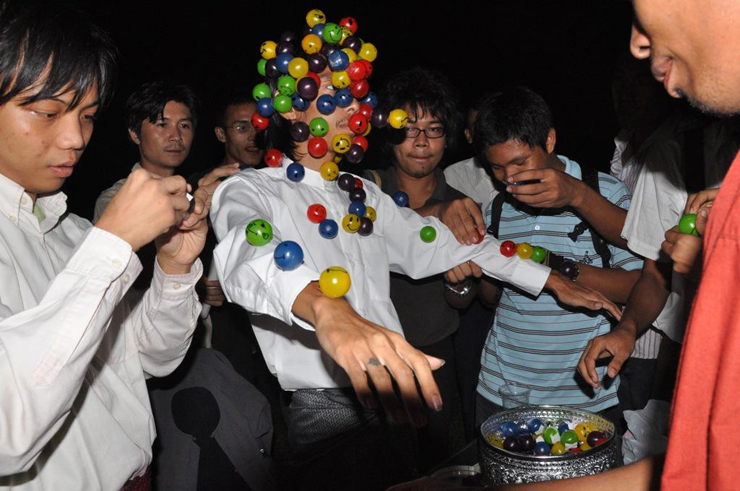
Fortunately, despite the extreme challenges - mainly the complete lack of resources and institutional support - and apart from the foreign cultural intervention, local creative platforms have emerged over the past few years and expand, creating interesting interdisciplinary dialogues.
In the late 1990s and early 2000s there were only two or three ‘official’ galleries showcasing traditional forms of art. Since the opening of our gallery back in 2008 we aimed to introduce the works of Myanmar's hidden generation of contemporary artists, mainly painters, who were trying to develop their own artistic approach away from souvenir market trends. Our goal was simply to create an alternative platform to foster the local visual arts community and offer them the possibility of exhibiting to a broader audience. At the same time we wanted to create better understanding around Burmese aesthetics and cultivate the habit of collecting art among the Burmese people. After all these years, I can start seeing the results, with tens of new galleries spreading all over town and Yangon becoming more of a real global art hub, where not just local but also international collectors discover new artists from Myanmar. U Aung Soe Min – Artist and Co-founder of Pansodan Art Gallery & Pansodan Scene
Most of the arts & cultural activities are centered around the burgeoning number of commercial galleries across Yangon, such as Pansodan Art Gallery, River Gallery, The Yangon Gallery and other non-profit multidisciplinary artist-run spaces, for instance Myanmar Deitta, New Zero Art Space and Open Space Yangon. The options for contemporary theatre and performing art are still relatively limited to sporadic one-off festivals such as Beyond Pressure and iUi: International Festival of Contemporary Theatre. In addition, there is a very insufficient access to independent cinema and underground music, mainly due lack of venues and infrastructure to hold similarly larger events.
Yangon’s art scene is still relatively small but it’s starting to grow slowly, especially the underground music scene. Lately music genres such as punk rock, underground hip hop, metal, hardcore, indie rock, styles that are still not very known in Myanmar are starting to flourish. The advantage about the limited size of the scene is that everyone knows each other, therefore interesting synergies have been developed. In the last couple of years it has been a bit easier to promote music performances but there’re still some difficulties for the independent artists especially when expressing their political views through their art. Eaiddhi – Musician and concert promoter, JAM IT!

Despite the evolving nature of change occurring today in Myanmar, Yangon’s creative sector is still facing major challenges– including major arts & culture-related government initiative reforms – and also the potential for development of the private cultural ecosystem which is still marked with uncertainty.
There are, however, evident signs of a changing contemporary arts landscape in Yangon that is helping the city to create an active cultural environment and at the same time bolstering its identity on the international stage as a creative and diverse urban economy.
Nowadays I find the art community in Yangon very lively and dynamic. Also it’s surprising how the young generations of artists, from different creative disciplines are highly self-aware of their practice.Fortunately, nowadaysthey have choice whether or not to be political, whether they rather go contemporary or just re-interpret their own traditions. They seem not to be bearing the burden of their past. History for them is important but not as important. Visual artists are looking into new perspectives, new creative languages while their audience is becoming more aware and mature. Besides that, we are seeing more international exchanges with curators and agents becoming more interested in Myanmar’s art scene. They will certainly bring a lot of recognition to the scene while a lot more awareness will be built-up outside. Natalie Johnston - Independent Art Researcher and founder of Myanmar Art Evolution
Unequivocally Myanmar is changing rapidly and Yangon is certainly only now beginning its renaissance. But with formal art education still in its primary development stages, harnessing the rise of smartphones, and the ability to access to digital media and online learning is much needed for local creative agents in order to produce more dynamic and engaging cultural encounters.

With technology driving a social networking boom in recent years, the possibilities to implement open-source yet rigorous academic artistic research and cultural studies are enormous. This research process will support eventually bring art to the people through documentation and more exposure.
One interesting initiative is the recent launch of the Myanmar Art Resource Center and Archive (MARCA), ‘an on-going resource centre and laboratory to stimulate and nourish creative teaching and learning as well as to provide research materials for students, teachers, thinkers, artists, and the greater public.’
This initiative represents a valuable and very much needed learning tool yet to be fully developed that will surely help the local art community define what elements are shaping the future of the arts and culture sector in Myanmar.
The current times are fairly experimental; at the same time you can feel a sense of excitement here in Yangon. Particularly in the sense that we are all pushing the boundaries, whether they are political, cultural, creative... We are becoming more daring and less hesitant to express what we want while we get to live this not just political but cultural transition. What we do is political in nature though, therefore you are always concerned, especially when you grow up in a culture where experimentation isn’t the kind of thing you want to do. And now we are actually able to portray this. And this somehow translates into the art community, which is still at a very early stage although we begin to see teenagers wanting to pursue an artistic career. Lin Sunn Oo – Documentary filmmaker and co-founder of Tagu Films
Myanmar Connects

TEDxInyaLake is a not-for-profit initiative led by a group of enthusiastic volunteers that for the first event aims to connect the world’s ideas to Myanmar and Myanmar’s ideas to the world with the theme “Myanmar Connects”.
This upcoming one-day event happening in 23 March in Yangon, will feature live talks from Myanmar-based speakers as well as international talks via TED videos.
‘Our aim is to show Myanmar as a living, breathing, complex country with amazing, passionate people doing really interesting things under difficult circumstances’, admits Thin Lei Win, TEDxInyalake Lead Curator. ‘This is the side of Myanmar which has been missed in the black-and-white portrayals of the country over the years. There will be artists, educators, social entrepreneurs, business people, and activists whose talks we hope will help shape a different perspective of Myanmar, both within and outside the country’.
[caption id="attachment_57472" align="alignleft" width="140"]
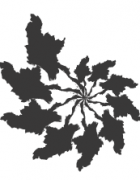 myanmartevolution logo[/caption]
myanmartevolution logo[/caption]Links:
- Yangon Heritage Trust - http://www.yangonheritagetrust.org/
- Myanmart Evolution - http://myanmartevolution.com/
- Myanmar Art Resource Center and Archive - http://myanmarca.org/
- Myanmore - http://www.myanmore.com/
- TEDxInyalake - http://www.tedxinyalake.com/
David Fernández is a Spanish-born contributing writer based in Bangkok, Thailand. Currently working as freelance arts & cultural project manager and digital media consultant, he is also one of the co-founders of Cho Why multi-disciplinary project space. He previously co-founded Le Cool Bangkok arts & culture webzine and worked as content director. Formerly, he served as cultural attaché at the Embassy of Spain – Cultural Office in Bangkok.
Similar content
from - to
25 Sep 2014 - 05 Oct 2014
from - to
13 Feb 2015 - 28 Feb 2015
posted on
27 Nov 2014





